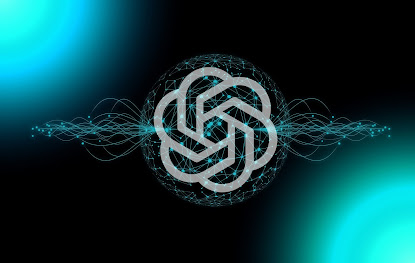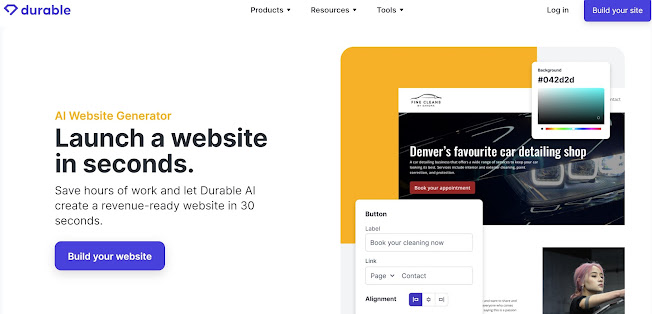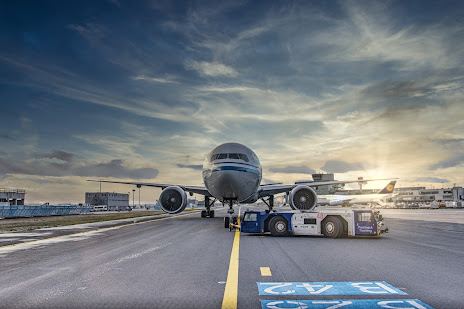"PayPal vs. MetaMask: Exploring the Differences Between Web 2.0 and Web 3.0 Payment Platforms"
In recent years, there has been a lot of buzz about Web 3.0 and the rise of decentralized finance (DeFi). With this, there has been a shift towards the use of cryptocurrencies and blockchain technology, which has led to the development of various tools and platforms to facilitate these transactions. Two of the most popular tools are PayPal and MetaMask. In this blog, we will explore the key differences between PayPal and MetaMask in the context of Web 2.0 and Web 3.0.
Web 2.0 vs. Web 3.0
Before we dive into the differences between PayPal and MetaMask, let's first understand the concept of Web 2.0 and Web 3.0.
Web 2.0 refers to the current state of the internet, which is characterized by the dominance of social media, e-commerce, and other centralized platforms. These platforms are controlled by a few large corporations, and users have limited control over their data and privacy.
On the other hand, Web 3.0 represents the next generation of the internet, which is more decentralized and focused on user privacy and control. It is based on blockchain technology and is characterized by the rise of DeFi, NFTs, and other decentralized applications.
PayPal in Web 2.0
PayPal is a popular payment platform that was founded in 1998. It allows users to send and receive money online, as well as make payments for goods and services. PayPal is a centralized platform, which means that it is owned and controlled by a single entity, PayPal Holdings Inc.
PayPal has a large user base and is widely accepted by merchants and online retailers. It supports multiple currencies and provides users with a range of security features, such as fraud protection and buyer and seller protection.
One of the main benefits of PayPal is its ease of use. Users can sign up for an account in minutes and start using the platform to make payments. However, because it is a centralized platform, users have limited control over their funds and personal information. Additionally, PayPal charges fees for certain transactions, which can be a drawback for some users.
MetaMask in Web 3.0
MetaMask is a cryptocurrency wallet and browser extension that was developed in 2016. It allows users to interact with decentralized applications (dApps) on the Ethereum blockchain, as well as store and manage their cryptocurrencies. MetaMask is a decentralized platform, which means that it is not owned or controlled by a single entity.
One of the main benefits of MetaMask is that it provides users with complete control over their funds and personal information. Because it is a decentralized platform, there is no single entity that controls user data or funds. Additionally, MetaMask supports a wide range of cryptocurrencies and allows users to easily switch between them.
Another benefit of MetaMask is that it is designed to work seamlessly with dApps on the Ethereum blockchain. This means that users can easily access and use decentralized applications without having to leave the MetaMask platform.
However, one potential drawback of MetaMask is that it can be more complicated to use than centralized platforms like PayPal. Users need to have a basic understanding of blockchain technology and cryptocurrencies to use MetaMask effectively. Additionally, because it is a decentralized platform, there is no customer support team to assist users if they run into issues.
Conclusion
In conclusion, both PayPal and MetaMask are valuable tools for online transactions, but they operate in very different ways. PayPal is a centralized platform that is designed for use in Web 2.0, while MetaMask is a decentralized platform that is designed for use in Web 3.0.
The choice between PayPal and MetaMask ultimately depends on a user's preferences and needs. If you are looking for a user-friendly platform that is widely accepted and provides security features













Comments
Post a Comment